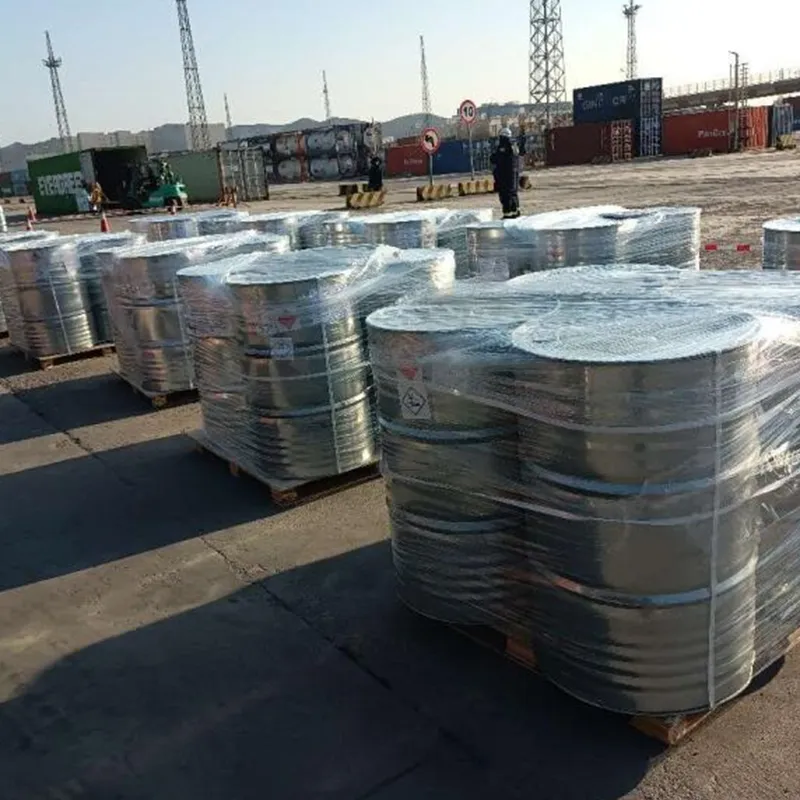
Exploring the Uses and Safety Implications of E150d Food Additive in Modern Food Production
Understanding E150d The Caramel Food Additive
Food additives play a pivotal role in the modern food industry, contributing to the flavor, texture, appearance, and shelf life of various products. Among these additives is E150d, commonly known as Caramel Color. E150d is a specific type of caramel produced through the controlled heating of carbohydrates, often combined with acids, alkalis, or salts. It is a widely used food coloring agent that imparts a brown hue to several food and beverage products.
What is E150d?
E150d is classified as a Class IV Caramel Color, which is one of the most widely used food colorings globally. It differs from other caramel colors, such as E150a, E150b, and E150c, based on its production method and intended use. E150d is made by heating sugars in the presence of acids or alkalis, resulting in a dark, rich brown color that is ideal for various applications, including soft drinks, sauces, and baked goods.
One of the significant attributes of E150d is its stability. It remains unaffected by light and heat, making it particularly suitable for products that undergo processing or have long shelf lives. This stability ensures that the coloration in foods and beverages remains consistent throughout their lifespan.
Applications of E150d
E150d finds extensive use in the food industry. Some of the primary applications include
1. Beverages E150d is commonly found in carbonated drinks, such as colas and root beers, where it provides an appealing brown color that enhances the visual identity of the beverage.
e150d food additive

2. Baking Baked goods, including bread, cakes, and pastries, often incorporate E150d to achieve an attractive brown crust and to enhance the overall flavor profile.
3. Sauces and Condiments Many sauces, particularly soy sauce, barbecue sauces, and gravies, use E150d to add depth of color and improve their visual presentation.
4. Processed Foods A variety of processed foods, such as chocolates and confectionery items, might employ E150d to ensure a consistent coloring that aligns with consumer expectations.
Safety and Regulation
The safety of E150d, like many food additives, has been the subject of numerous studies conducted by food safety authorities, including the European Food Safety Authority (EFSA) and the U.S. Food and Drug Administration (FDA). E150d is generally recognized as safe when used within regulated limits. However, it's important to note that excessive consumption of caramel colorings, particularly in large quantities, may pose potential health risks, including allergic reactions in sensitive individuals.
Additionally, it is worth mentioning that some types of caramel color, especially those produced under specific conditions, can contain trace amounts of 4-methylimidazole (4-MEI), a compound that has raised safety concerns. Regulatory bodies continuously monitor and assess such additives, adjusting guidelines as necessary based on the most recent scientific evidence.
Conclusion
E150d, or Caramel Color, is a widely utilized food additive that enhances the aesthetic appeal and flavor of many products across the food industry. Its stability and versatility have cemented its place in the global market. While it is generally regarded as safe, consumers should remain informed about the presence and role of food additives in their diets. As the demand for transparency and clean labeling grows, food manufacturers may need to balance the use of such additives with consumer preferences for natural ingredients. Understanding additives like E150d is essential for making informed choices about the foods we consume.
-
The Safety Challenges of Ammonium Nitrate FertilizerNewsJun.26,2025
-
The Critical Role of Mining ChemicalsNewsJun.26,2025
-
Shelf Life of Glacial Acetic Acid Food GradeNewsJun.26,2025
-
Enhancing PVC Longevity with 1,2,3-Benzotriazole InnovationsNewsJun.26,2025
-
China’s Dominance in Food Additive ProductionNewsJun.26,2025
-
Can Aluminum Hydroxide Replace More Toxic Alternatives?NewsJun.26,2025
-
PE and PP Plastics with Benzotriazole AdditivesNewsJun.12,2025
Hebei Tenger Chemical Technology Co., Ltd. focuses on the chemical industry and is committed to the export service of chemical raw materials.
-

view more DiethanolisopropanolamineIn the ever-growing field of chemical solutions, diethanolisopropanolamine (DEIPA) stands out as a versatile and important compound. Due to its unique chemical structure and properties, DEIPA is of interest to various industries including construction, personal care, and agriculture. -

view more TriisopropanolamineTriisopropanolamine (TIPA) alkanol amine substance, is a kind of alcohol amine compound with amino and alcohol hydroxyl, and because of its molecules contains both amino and hydroxyl. -

view more Tetramethyl Thiuram DisulfideTetramethyl thiuram disulfide, also known as TMTD, is a white to light-yellow powder with a distinct sulfur-like odor. It is soluble in organic solvents such as benzene, acetone, and ethyl acetate, making it highly versatile for use in different formulations. TMTD is known for its excellent vulcanization acceleration properties, which makes it a key ingredient in the production of rubber products. Additionally, it acts as an effective fungicide and bactericide, making it valuable in agricultural applications. Its high purity and stability ensure consistent performance, making it a preferred choice for manufacturers across various industries.











